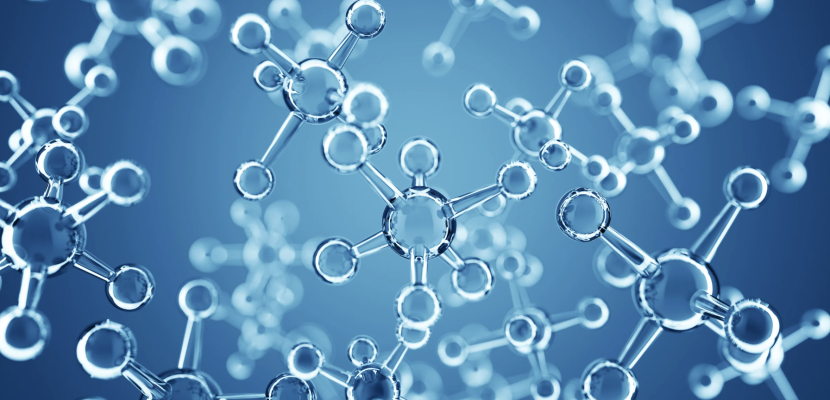
A regional hub for a cohesive, scalable green Hydrogen ecosystem

About this good practice
The industrial sector in Puglia remains reliant on fossil fuels, particularly in energy-intensive industries like steel in Taranto and chemicals in Brindisi, making it a significant source of carbon emissions. To address this, Puglia is actively pursuing the decarbonization of its heavy industries. Leveraging local needs and assets, the region is emerging as a leader in the green hydrogen revolution, driven by innovative research, strong industry collaboration, and robust government support.
Its implementation is based on green H2 production from renewable sources and the industrial symbiosis process using Pugliese Aqueduct's (AQP) purified waste waters and the provision to AQP of oxygen that will be produced by the H2 plants to be used for the AQP’s industrial water purification. Coupled with a digital ecosystem for H2 plants monitoring and management. Key numbers: 250 M Nmc/year H2 production,160 MW total electrolysis and 650 MW of renewable. With public-private partnerships and investments, Puglia is building a sustainable green H2 economy that generates green jobs enhancing its economic resilience.
The main stakeholders in the regional Hub include energy companies, industrial players, research institutions, local governments, and policy bodies. The key beneficiaries range from local communities and industries to transportation sectors and EU climate goals. Collaboration among these stakeholders is vital to achieving Puglia’s decarbonization and economic goals.
Expert opinion
Resources needed
470 Mln € from EU IPCEI “Hy2Infra” have been mobilised, for both Brindisi and Taranto plants and for repurposing of existing pipelines (85 km) and the installation of new pipes connecting Brindisi and Taranto. Further private funding will be added with a total funding of 1 billion €.
Evidence of success
The regional Hub is considered a good practice for several key reasons, notably its potential to decarbonize the industrial sector, enhance energy security, create green jobs, and contribute to sustainable economic growth. Expected numbers: construction of two green H2 plants in Brindisi and Taranto, with a total electrolysis capacity of 160 MW. It is estimated that, once fully operational, the plants will be able to produce around 250 M mc of green H2/year.
Potential for learning or transfer
The regional Hub is a highly innovative and transformative initiative, and there are several aspects that make it potentially interesting for other regions to learn from. These include technological innovation, industrial decarbonization, regional economic development, and collaboration strategies that can be adapted to other contexts offering flexible strategies that can be tailored to local needs. To sum up, the regional hub offers valuable lessons and strategies for other regions:
• Harnessing renewable resources for green hydrogen production.
• Decarbonizing heavy industry and transport using hydrogen.
• Building hydrogen infrastructure and promoting collaboration across sectors.
• Driving economic development and creating jobs through clean energy transitions
• Implementing supportive policy frameworks and aligning with EU climate goals.
Good practice owner
You can contact the good practice owner below for more detailed information.
DITNE (Italian National Energy Technological Cluster)

